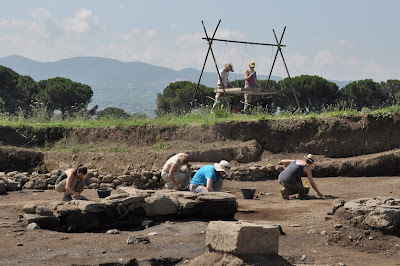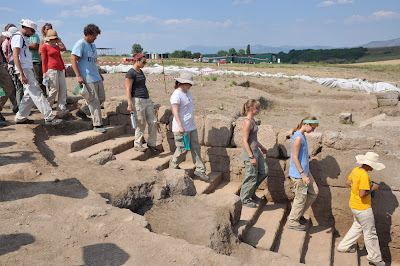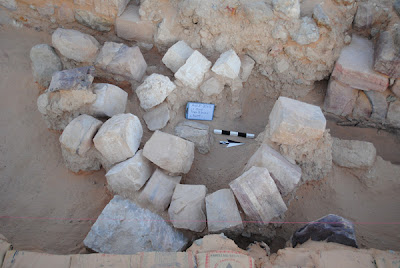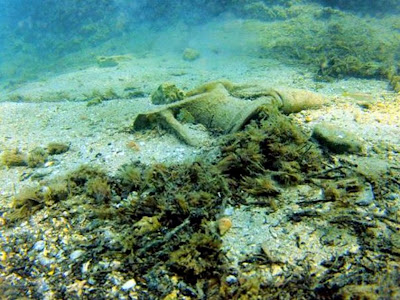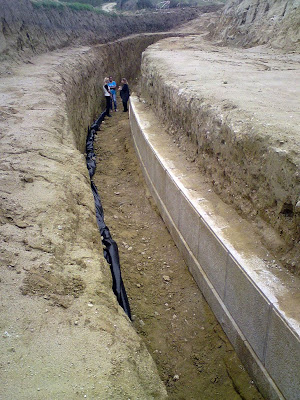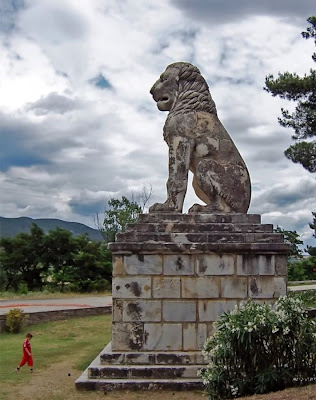Did You Know ...
OK, maybe your grandparents probably slept like you. And your great,
great-grandparents. But once you go back before the 1800s, sleep starts
to look a lot different. Your ancestors slept in a way that modern
sleepers would find bizarre – they slept twice. And so can you.
The History
The existence of our sleeping twice per night was first uncovered by Roger Ekirch, professor of History at Virginia Tech.
His research found
that we didn’t always sleep in one eight hour chunk. We used to sleep
in two shorter periods, over a longer range of night. This range was
about 12 hours long, and began with a sleep of three to four hours,
wakefulness of two to three hours, then sleep again until morning.
References are scattered throughout literature, court documents,
personal papers, and the ephemera of the past. What is surprising is not
that people slept in two sessions, but that the concept was so
incredibly common. Two-piece sleeping was the standard, accepted way to
sleep.
“It’s not just the number of references – it is the way they refer to it, as if it was common knowledge,” Ekirch says.
An English doctor wrote,
for example,
that the ideal time for study and contemplation was between “first
sleep” and “second sleep.” Chaucer tells of a character in the
Canterbury Tales that goes to bed following her “firste sleep.” And,
explaining the reason why working class conceived more children, a
doctor from the 1500s reported that they typically had sex after their
first sleep.
Ekirch’s book At
Day’s Close: Night in Times Past is replete with such examples.
But just what did people do with these extra twilight hours? Pretty much what you might expect.
Most stayed in their beds and bedrooms, sometimes reading, and often
they would use the time to pray. Religious manuals included special
prayers to be said in the mid-sleep hours.
Others might smoke, talk with co-sleepers, or have sex. Some were more active and would leave to visit with neighbours.
As we know, this practice eventually died out. Ekirch attributes the
change to the advent of street lighting and eventually electric indoor
light, as well as the popularity of coffee houses. Author Craig
Koslofsky offers a further theory in his book Evening’s Empire. With the
rise of more street lighting, night stopped being the domain of
criminals and sub-classes and became a time for work or socializing. Two
sleeps were eventually considered a wasteful way to spend these hours.
No matter why the change happened, shortly after the turn of the 20
th century the concept of two sleeps had vanished form common knowledge.
Until about 1990.
The Science
Two sleeps per night may have been the method of antiquity, but
tendencies towards it still linger in modern man. There could be an
innate biological preference for two sleeps, given the right
circumstances.
In the early ‘90s, psychiatrist Thomas Wehr of National Institutes of
Mental Health conducted a study on photoperiodicity (exposure to
light), and its effect on sleep patterns.
In
his study,
fifteen men spent four weeks with their daylight artificially
restricted. Rather than staying up and active the usual sixteen hours
per day, they would stay up only ten. The other fourteen hours they
would be in a closed, dark room, where they would rest or sleep as much
as possible. This mimics the days in mid-winter, with short daylight and
long nights.
At first, the participants would sleep huge stretches of time, likely making up for sleep debt that’s
common among modern people. Once they had caught up on their sleep though, a strange thing started to happen.
They began to have two sleeps.
Over a twelve hour period, the participants would typically sleep for
about four or five hours initially, then wake for several hours, then
sleep again until morning. They slept not more than eight hours total.
The middle hours of the night, between two sleeps, was characterized
by unusual calmness, likened to meditation. This was not the
middle-of-the-night toss-and-turn that many of us experienced. The
individuals did not stress about falling back asleep, but used the time
to relax.
Russell Foster, professor of circadian neuroscience at Oxford, points
out that even with standard sleep patterns, this night waking isn’t
always cause for concern. “Many people wake up at night and panic,” he
says. “I tell them that what they are experiencing is a throwback to the
bi-modal sleep pattern.”
Outside of a scientific setting, this kind of sleep pattern is still
attainable, but it does require changing our modern, electric lifestyle.
Very cool person J. D. Moyer did just that. He and his family
intentionally went an entire month with no electric light.
In the winter months, this meant a lot of darkness and a lot of sleep.
Moyer writes
“…I would go to bed really early, like 8:30, and then get up around
2:30am. This was alarming at first, but then I remembered that this
sleep pattern was quite common in pre-electric light days. When this
happened I would end up reading or writing by candlelight for an hour or
two, then going back to bed.”
Moyer didn’t set out to reproduce our ancestors sleep pattern, it just happened as a byproduct of a lot of dark hours.
Should We Revive Two Sleeps?
Although history shows that two sleeping was common, and science
indicates that it is (in some conditions) natural, there is no
indication that it is
better. Two sleeps may leave you feeling
more rested, but this could simply be because you are intentionally
giving yourself more time to rest, relax, and sleep. Giving the same
respect to the single, eight-hour sleep should be just as effective.
Note too that two sleeping needs a lot of darkness – darkness that is
only possible naturally during the winter months. The greater levels of
daylight during summer and other seasons would make two sleeping
difficult, or even impossible.
Perhaps two sleeping is merely a coping mechanism to get through the
long, cold, boring nights of the winter. Today, we don’t need to cope.
So long as we give our sleep the time and respect it needs, getting the
“standard”
eight hours of sleep should be fine.
But next time you wake up at 2 AM and can’t sleep, just remember your
great, great, great, great, great grandfather. He did the same thing
every night.








